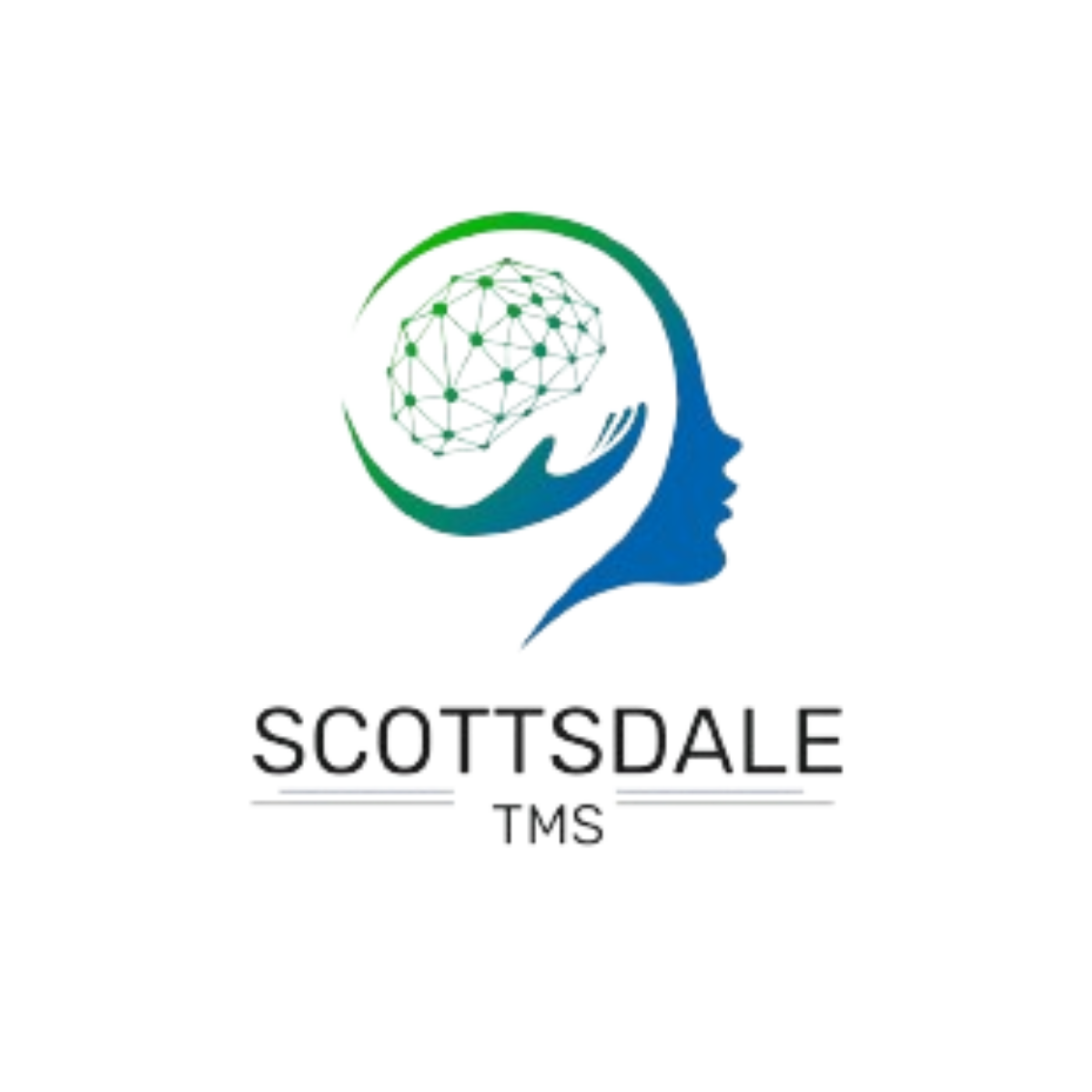How Does TMS Work on the Brain?
Transcranial Magnetic Stimulation (TMS) is an innovative treatment for mental health conditions like major depressive disorder (MDD). This non-invasive approach uses magnetic fields to stimulate specific areas of the brain, offering hope to individuals with treatment-resistant depression. Let’s explore how TMS works and what patients can expect during treatment sessions.
Questions Answered in This Article:
Our Alcohol Addiction Treatment Programs

Scottsdale Rehab
Luxury Personalized Rehab

Hart Rehab
Holistic Luxury Personalized Rehab

Scottsdale Detox
Luxury Medical Detox
How Does a TMS Device Work?
TMS relies on advanced technology to deliver precise brain stimulation. Here’s how the process works:
Magnetic Pulse Technology
TMS uses a magnetic coil to generate magnetic pulses. These pulses are short but powerful, similar to those used in MRI machines.
Targeted Brain Stimulation
The magnetic coil is positioned against the scalp to target specific areas of the brain, particularly the prefrontal cortex. This region is associated with mood regulation and often underactive in people with major depression.
Inducing Electrical Currents
The magnetic fields penetrate the skull and create small electric currents in the brain. These currents stimulate neurons, enhancing their activity.
Repetitive TMS for Lasting Effects
TMS is typically delivered as repetitive TMS (rTMS), with multiple pulses administered in quick succession. This repetitive stimulation helps rewire neural pathways, improving brain function over time.
TMS is an FDA-approved treatment that provides a safe, non-invasive alternative to more intensive therapies like electroconvulsive therapy (ECT).
What is TMS Therapy Like?
Before starting TMS therapy, you’ll meet with a healthcare provider to assess your condition and determine if TMS is appropriate. They may ask about your medical history, medications, and prior treatments.
TMS treatments are straightforward and painless. Patients remain awake and seated during treatment sessions. A trained technician positions the magnetic coil against the patient’s head, targeting the desired brain area.
Patients may feel a tapping or tingling sensation on their scalp. These sensations are caused by the magnetic pulses but are generally well-tolerated.
Each session lasts about 20–40 minutes. Most patients undergo five sessions per week for four to six weeks. The cumulative nature of TMS means its benefits build over time.
Unlike medications, TMS has few side effects. Some patients experience mild headaches or scalp discomfort, which typically resolve quickly. The risk of seizure is extremely low, making TMS a safer option for many.
How TMS Stimulates The Brain
The success of TMS lies in its ability to target and modulate specific areas of the brain.
1. Activating the Prefrontal Cortex
TMS primarily focuses on the prefrontal cortex, the part of the brain responsible for mood regulation. By increasing activity in this area, TMS helps restore balance in individuals with major depressive disorder.
2. Neuroplasticity and Neural Pathways
Repeated stimulation promotes neuroplasticity, encouraging the brain to form healthier connections. This rewiring helps patients break free from negative thought patterns.
3. Balancing Brain Chemistry
TMS also affects brain chemicals like dopamine and serotonin. These neurotransmitters play a key role in emotional well-being. By enhancing their function, TMS can alleviate symptoms of depression and anxiety.
Who Can Benefit from TMS Therapy?
TMS is effective for a wide range of patients, particularly those who have not responded to antidepressant medication.
- Treatment-Resistant Depression: For patients with treatment-resistant depression, TMS offers a non-invasive alternative to therapies like ECT. It has been shown to improve symptoms in patients who have struggled with multiple medications.
- Major Depressive Disorder: TMS is FDA-approved for major depressive disorder. By targeting the root causes of depression in the brain, it helps patients regain control of their lives.
- Other Conditions: Emerging research shows that TMS may also benefit individuals with obsessive-compulsive disorder (OCD), anxiety disorders, and PTSD.
The effects of TMS are lasting, with many patients experiencing sustained improvements after completing their sessions. TMS treatment also requires no recovery time. Patients can resume their daily activities immediately after each session.
Comparing TMS and ECT
While both TMS and electroconvulsive therapy (ECT) treat depression, they work in different ways.
- Non-Invasive vs. Invasive: TMS is non-invasive and does not require anesthesia. In contrast, ECT involves inducing seizures under anesthesia.
- Side Effects: TMS has fewer side effects compared to ECT, which can cause memory loss and confusion.
- Risk of Seizure: While ECT intentionally triggers seizures, the risk of seizure with TMS is minimal.
For many, TMS provides a gentler yet effective option for managing depression.
Finding TMS Treatment Near Me
Transcranial Magnetic Stimulation (TMS) is revolutionizing mental health treatment. By using magnetic fields to target specific areas of the brain, TMS offers hope to individuals with treatment-resistant depression, major depressive disorder, and other conditions. Its non-invasive nature, minimal side effects, and long-lasting benefits make it a game-changer in mental health care.
If you’re considering TMS therapy, consulting with a medical professional is an essential step to understanding how this can fit into your treatment plans.
At Scottsdale TMS Therapy, we welcome individuals on their journey toward healing. Connect with our dedicated team to explore tailored treatment plans designed to meet your unique needs.

